What is skate skiing? We explain the funamentals of this high-energy form of cross-country
What is skate skiing? Our expert guide into a surprisingly challenging cross country ski technique that’s sure to have you emerging from winter fitter than ever
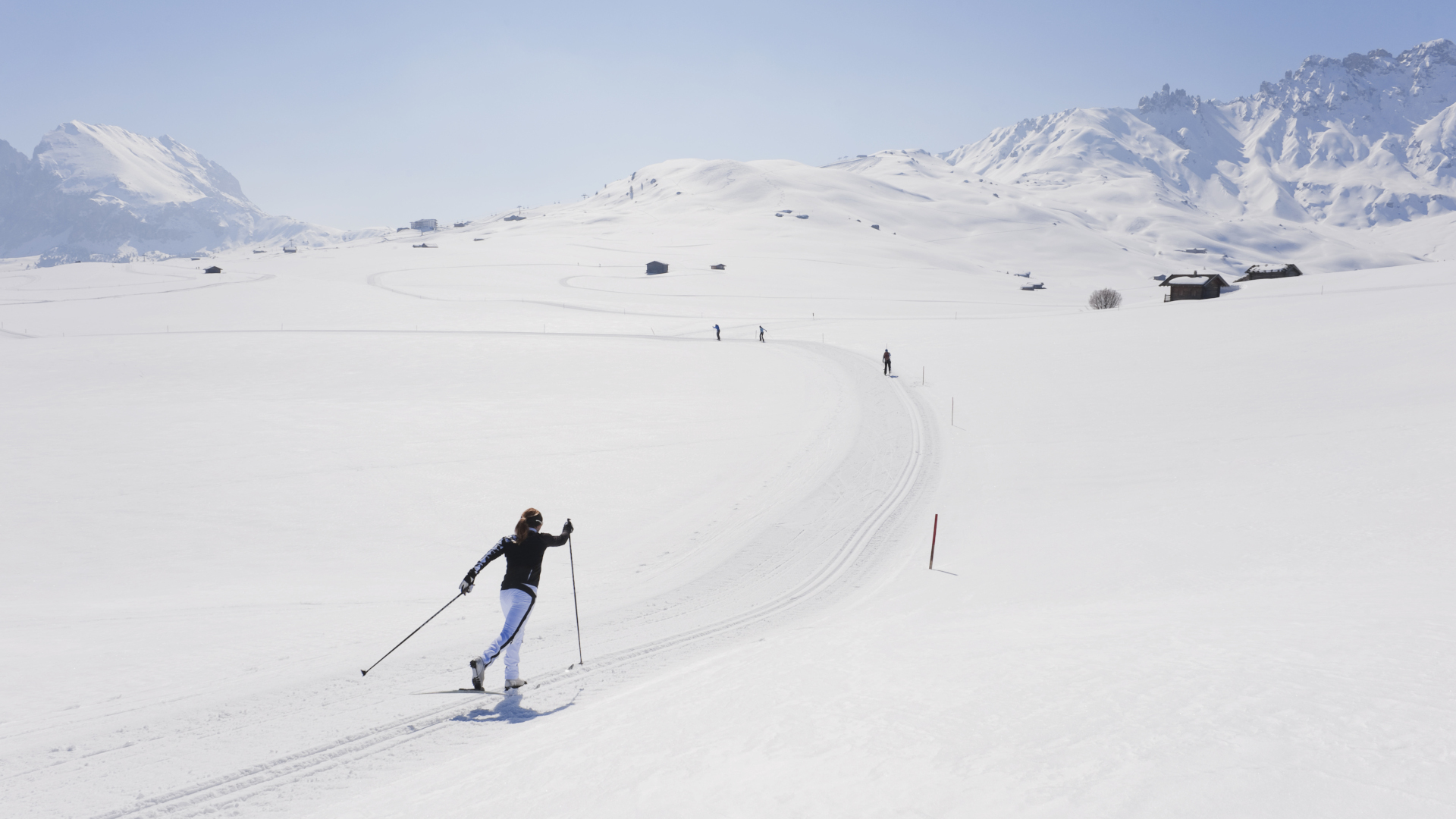
Once you’ve been bitten by the outdoors bug, it’s tough to hang up your hiking boots for the winter knowing it might be a long time before you see them again. You might instead be considering winter hiking this year, or even taking up a winter sport such as snowshoeing or skate skiing.
Sorry, what? What is this skate skiing you speak of? If you're unfamiliar with the term, fear not. Our resident snow sports expert is here to dive into this surprisingly challenging and high-powered cross country ski technique, one that’s bound to have you emerging from winter stronger than ever.
What is skate skiing?
Skate skiing is a brisk, graceful style of cross country skiing where you point your ski tips outwards and alternately push off the edge of one ski and then the other to glide across the snow.
It emerged in the 1970s and the technique looks and feels a lot like ice skating. Skate skiing generally requires poles to help propel your forward, and it is done on flat or gently rolling terrain and on hard packed or groomed snow. It's known for being an exceptionally good aerobic activity.
Q | A |
How is it different from cross-country skiing? | The technique is very different. In skate skiing, one ski leaves the ground temporarily and you balance on the other. Skate skiing is also much faster. |
Where can you go skate skiing? | Skate skiing tends to take place of groomed ski tracks, unlike cross-country skiing which can be done off piste. |
How hard is skate skiing? | It's very hard, requiring excellent balance, strength and endurance. It's generally for expert skiers, not beginners. |
What equipment do you need? | Skate skis, skate ski bindings, skate ski boots and skate ski poles, as well as other standard ski gear and clothing |
Meet the expert
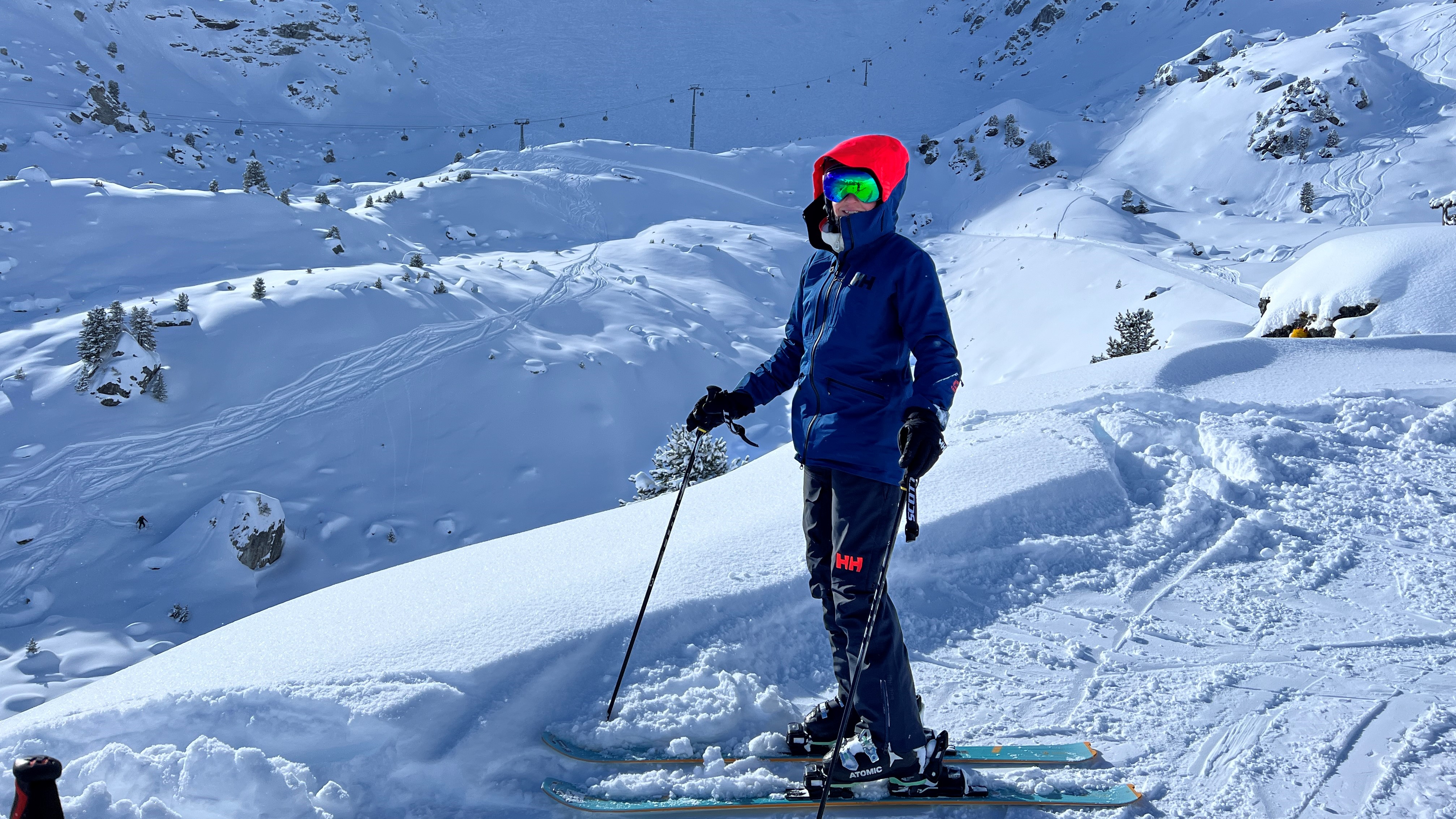
Julia spent many years living in Vail, Colorado, where she developed a love for the American outdoors and a penchant for snow sports. Now back in her native Scotland, she has the majestic Scottish Highlands as her cross-country oyster.
What’s the difference between cross country skiing and skate skiing?
- The technique is different: in skate skiing one foot leaves the ground temporarily
- Skate skiing is also much faster than standard cross-country skiing
- Skate skiing tends to take place on groomed ski tracks
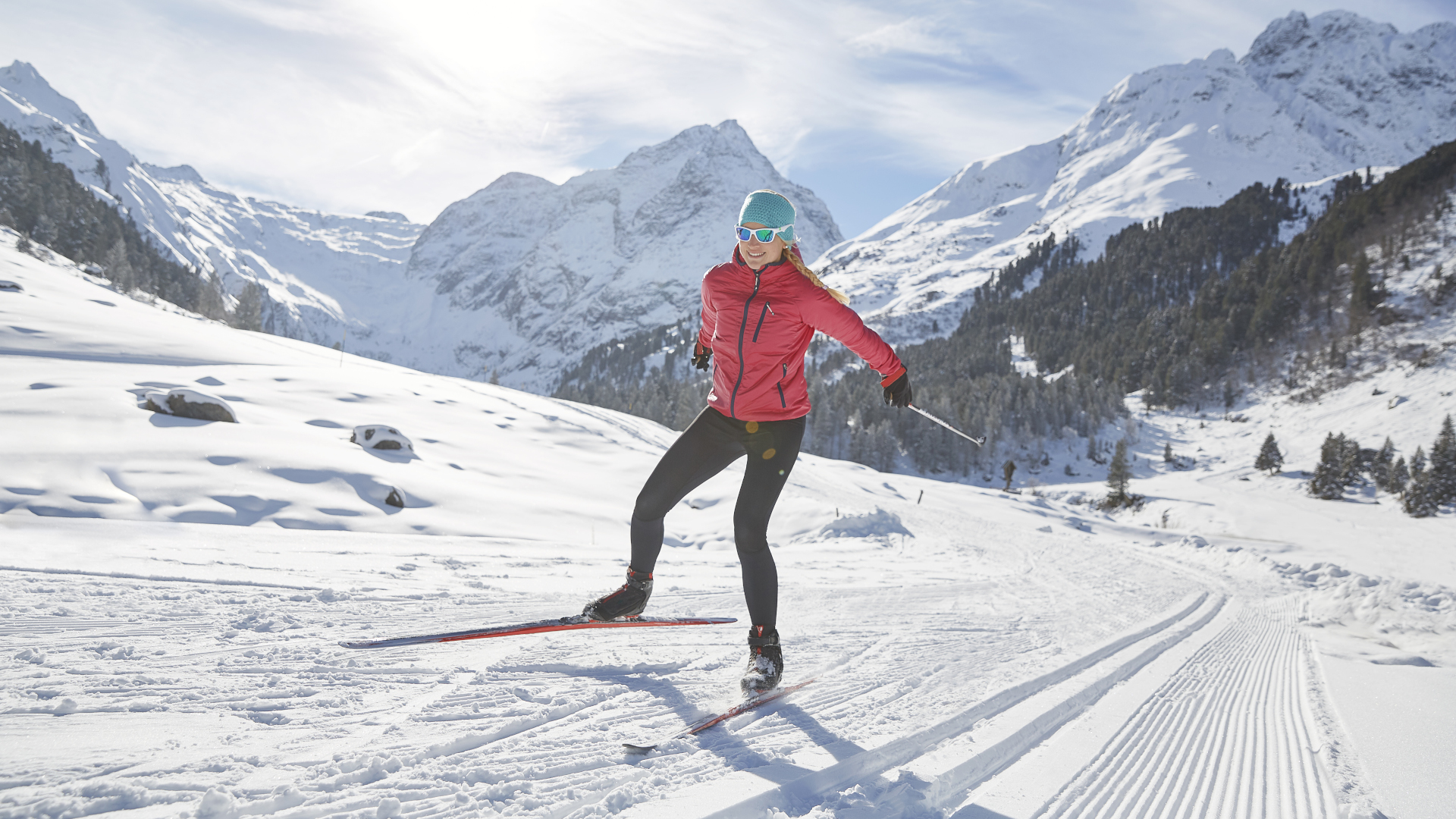
Skate skiing is a type of cross country skiing, distinguishing both from other types of skiing, such as alpine or telemarking. However, there are some key differences when it comes to technique, speed and terrain.
In terms of technique, the term cross country skiing is usually used to describe the classic technique, which involves using wax or a texture on the bottom of the ski to allow you to slide one ski forward, then the other, in more of a shuffling fashion. This technique is generally going to be a bit slower and easier than skate skiing.
In skate skiing, when you push off with one ski, you’ll actually pick that ski up off the ground and send it out to the side, balancing on the other ski momentarily, whereas in the classic technique, both skis stay on the ground and one simply slides forward. This means the two also use slightly different muscle groups, with cross country skiing focusing on front and back muscles like hips flexors, quads and glutes while skate skiing really strengthens your outer hip muscles too.
All the latest inspiration, tips and guides to help you plan your next Advnture!
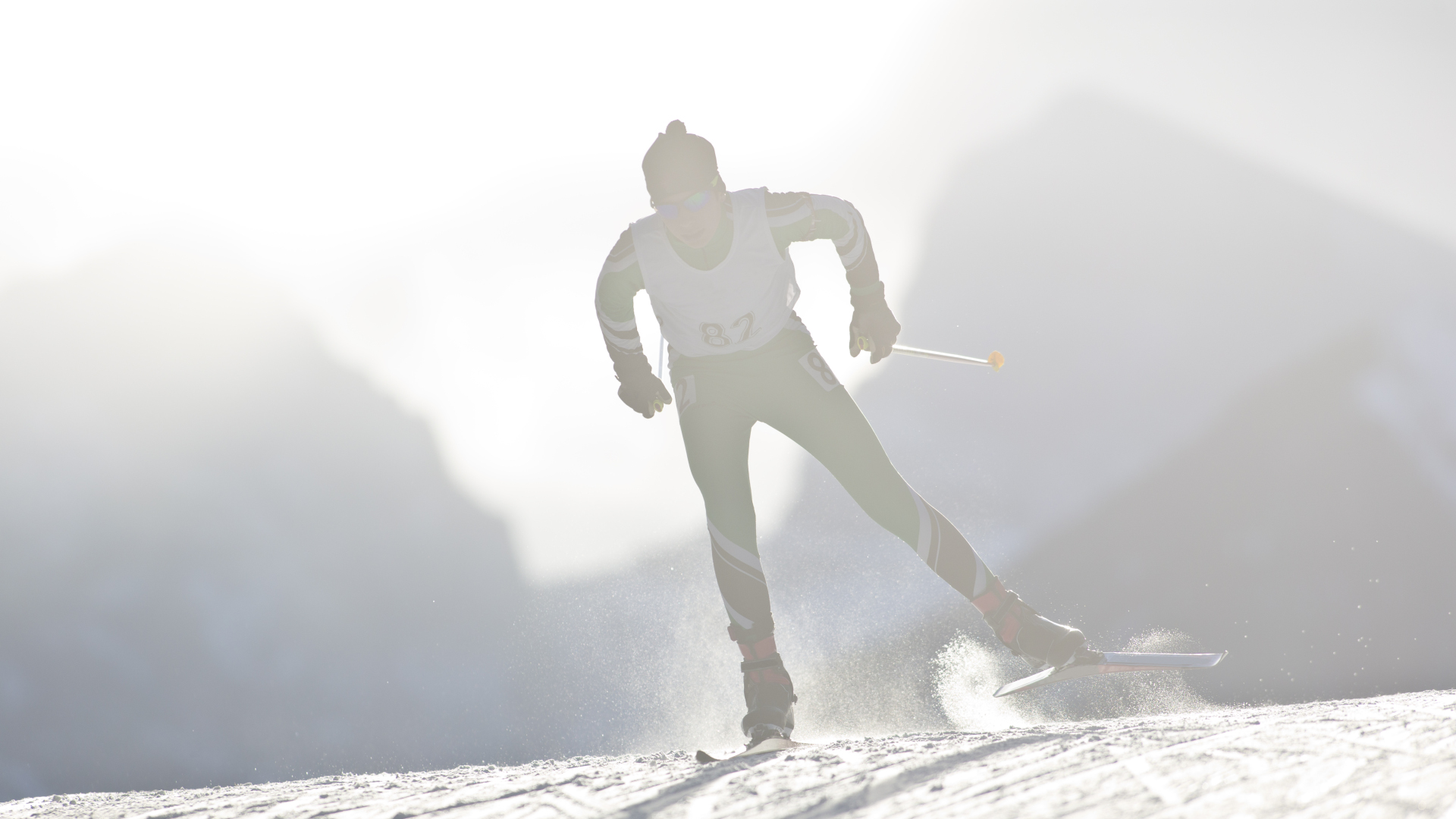
Speed is another major difference between the two. In skate skiing you pick up quite a bit of speed – the pros travel at speeds of more than 20mph, more than twice that of cross country skiing where you might cover only 7-10 miles over the course of an hour.
Then there’s the question of terrain. Due to the nature of the skate skiing technique, you need a bit of room so it’s best reserved for designated wide skate ski tracks and parks, unlike classic cross country skiing which could also be done in the backcountry on narrow trails and untouched snow.
Is skate skiing like ice skating?
- It's similar in terms of movement, so ice skaters will probably learn faster
- The long skis mean you'll have less freedom of movement
Skate skiing is definitely similar to ice skating in terms of the movement, so if you are already an ice skater, you’re likely to find it easier to pick up and will probably enjoy it. That said, having long skis instead of skates strapped to your feet will definitely pose a new challenge, and you won’t have quite as much freedom of movement as you do on the rink.
How hard is skate skiing?
- It's very difficult, requiring excellent balance, strength and endurance
- It tends to be for expert skiers rather than beginners
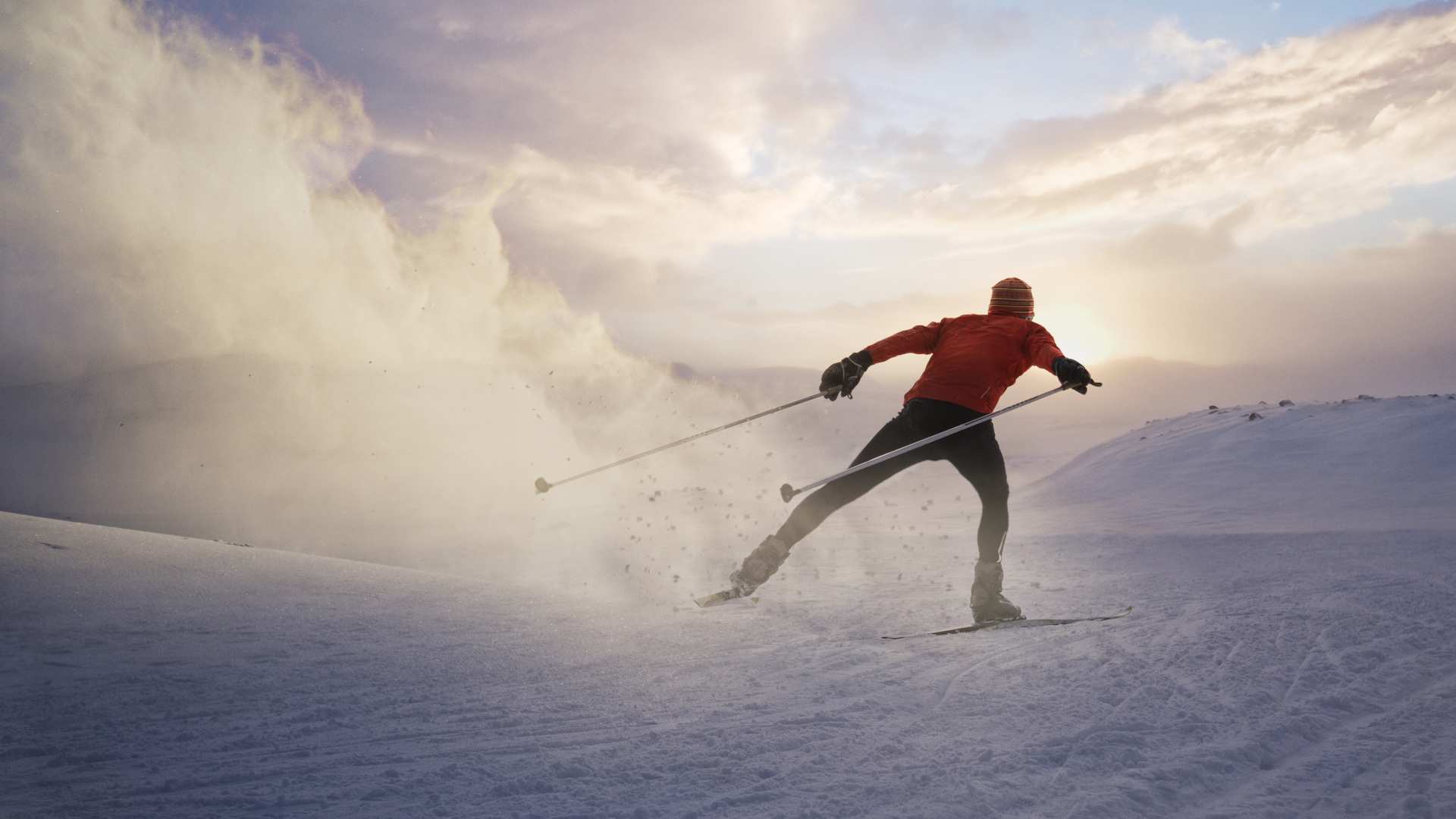
Novices might dismiss cross country skiing as being boring, particularly if they’re seeking the adrenaline rush of downhill skiing, but famously, the main problem with skate skiing is that it’s incredibly hard. It’s fast and it requires good balance, strength and endurance. The movement is quite unlike almost any other activity and will be difficult until you strengthen those outer hips muscles and even then it will pose quite a cardiovascular challenge.
For those reasons, skate skiing tends to appeal to people who are already quite athletic and seeking a bit more excitement and physical demand than classic cross country skiing provides. It’s also going to be more difficult, or even impossible, if there’s any new snow on the ground. Classic cross country skiing on the other hand is generally more accessible for beginners.
What gear do you need for skate skiing?
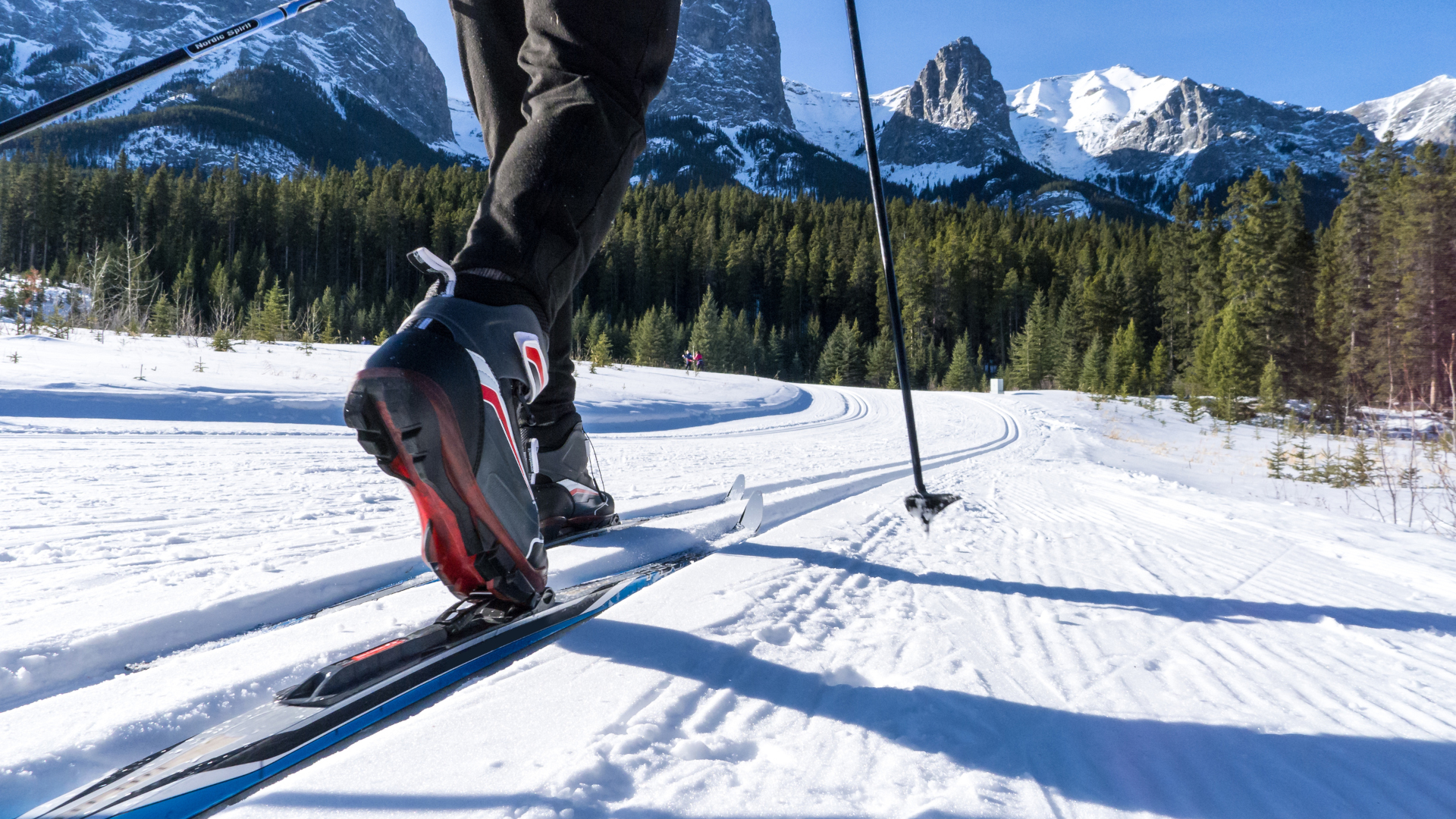
Even if you already own cross country ski gear, you won’t be able to use it for skate skiing as the technique requires a specific set up. Here’s what you’ll need to get started:
- Skate skis - skate skis are skinny and a bit shorter and more rigid than classic Nordic skis, and you’ll choose these based on your weight.
- Bindings - these attach your boot to your ski and are slightly different from classic bindings. Basically, there are two main types of skating bindings – Salomon Nordic System and New Nordic Form – and they are not compatible, so you’ll want to make sure the pair you choose works with your boots.
- Boots - Skate ski boots are generally more rigid than classic boots to allow you to lift your ski without excessive torsion, and have a high cuff to support your ankle.
- Poles - skate ski poles should come to roughly nose height. If you’re ordering online, you can take your height in centimeters and multiply by 0.89 for the right size.
Julia Clarke is a staff writer for Advnture.com and the author of the book Restorative Yoga for Beginners. She loves to explore mountains on foot, bike, skis and belay and then recover on the the yoga mat. Julia graduated with a degree in journalism in 2004 and spent eight years working as a radio presenter in Kansas City, Vermont, Boston and New York City before discovering the joys of the Rocky Mountains. She then detoured west to Colorado and enjoyed 11 years teaching yoga in Vail before returning to her hometown of Glasgow, Scotland in 2020 to focus on family and writing.

